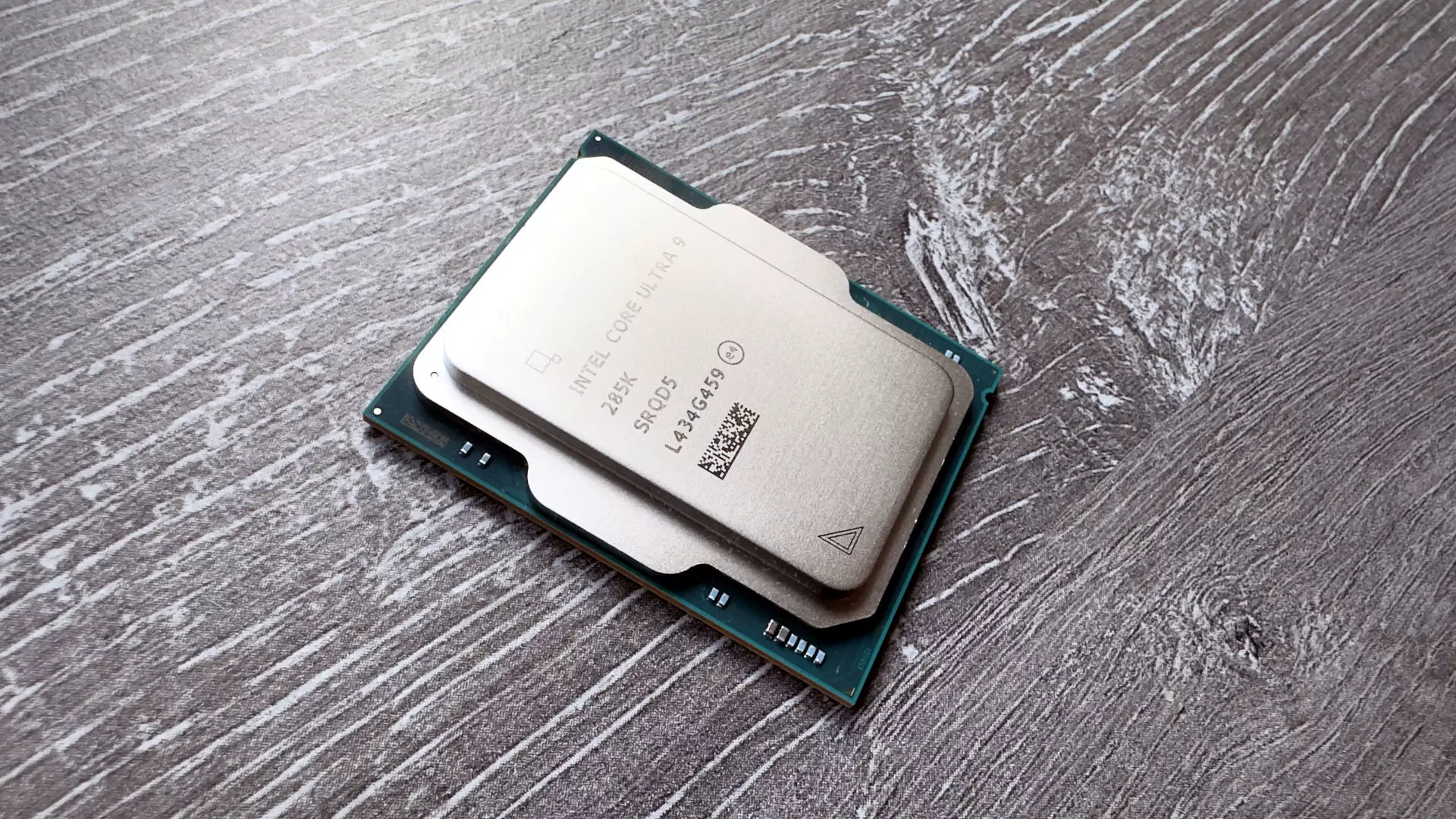Despite mounting predictions about the rise of alternative architectures like ARM and RISC-V, the enduring dominance of x86 architecture remains unshaken. For decades, industry insiders and tech enthusiasts alike have prognosticated the demise of Intel and AMD’s flagship instruction set, yet the market’s unwavering loyalty suggests otherwise. Consumers continue to gravitate toward familiar systems powered by x86, primarily due to software compatibility, mature ecosystems, and established infrastructure. This persistent reliance raises a critical question: is it necessary to overthrow x86 altogether, or should we focus on modernizing and refining what already exists? If we accept that the architecture’s core isn’t fundamentally flawed but rather bloated and inefficient, then perhaps a strategic reform—centered on shrinking—could unlock latent potential and propel x86 into a new era.
The Overconfidence of Abundance: The Instruction Set Dilemma
A compelling revelation from a 2015 symposium points to a surprising inefficiency embedded within the x86 instruction set. Researchers highlighted that a mere 12 instructions out of over a thousand account for nearly 90% of actual code execution in real-world applications. This realization underscores a fundamental misalignment: the architecture’s vast instruction repertoire isn’t necessarily appreciating its size but rather exposing significant redundancy. Many of these instructions are rarely, if ever, used, yet they occupy valuable space and complicate decoding processes. This excessiveness isn’t incidental but indicative of historical baggage, compatibility requirements, and the legacy of decades of software evolution. Consequently, the architecture’s versatility—once a strength—has become a liability, adding layers of complexity without a proportional benefit.
Reimagining x86: The SHRINK Proposal as a Game-Changer
Enter the idea of SHRINK—a provocative approach that could reshape how we think about ensuring x86’s longevity. Instead of attempting to replace or overhaul the architecture wholesale, SHRINK advocates for a targeted pruning of underutilized instructions. By recycling and reassigning the encodings of infrequently used instructions to more common tasks, the architecture can streamline itself without sacrificing functionality. Crucially, this process involves emulation, where selectively removed instructions can be simulated in software when required, preserving compatibility while shedding unnecessary complexity. This concept hinges on the promising observation that at least 40% of the x86 instruction set could be emulated with only minor performance overhead, making it a feasible and cost-effective evolution.
The Challenge and Opportunity Amid Industry Constraints
Implementing SHRINK, however, is far from straightforward. One significant obstacle is the legal and intellectual property entanglements surrounding x86, which is co-owned and fiercely protected by Intel and AMD. These barriers have historically hindered efforts to modify or optimize the instruction set. Moreover, the commercial necessity for backward compatibility with a vast software ecosystem complicates radical transformations. Yet, this seemingly insurmountable challenge simultaneously presents an opportunity. If industry leaders and key stakeholders can collaborate on measured refinement—focused on removing and emulating only the most redundant instructions—they can achieve a more agile, efficient architecture. Such steps could concede the flexibility and legacy support that made x86 historically dominant, but with a leaner, more streamlined core that champions performance and efficiency.
Beyond the Hype: The Future of x86 in a Competitive World
While critics often laud the efficiency of ARM chips and other architectures, the reality is that modern x86 processors have evolved significantly, demonstrating impressive power efficiency—exemplified by recent Intel mobile chips like Lunar Lake. This suggests that x86’s future isn’t necessarily about competing heads-up with alternatives on raw efficiency but about intelligent refinement. Debloating and shrinking instructions could yield substantial performance gains and reduce manufacturing costs, ultimately benefiting consumers and manufacturers alike. Embracing a strategic, targeted slimming down isn’t an admission of weakness but a testament to the architecture’s resilience and adaptability. The goal should be to strike a harmonious balance: maintaining compatibility, leveraging mature software ecosystems, and optimizing core efficiency—all through an evolutionary lens rather than wholesale replacement.
While it’s tempting to see the future as one dominated by new architectures, history teaches us that sometimes the most effective innovation comes not from tearing down, but from thoughtfully rebuilding what already exists—smarter, leaner, and better suited for the challenges of tomorrow.

